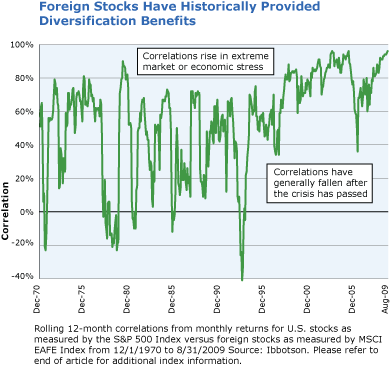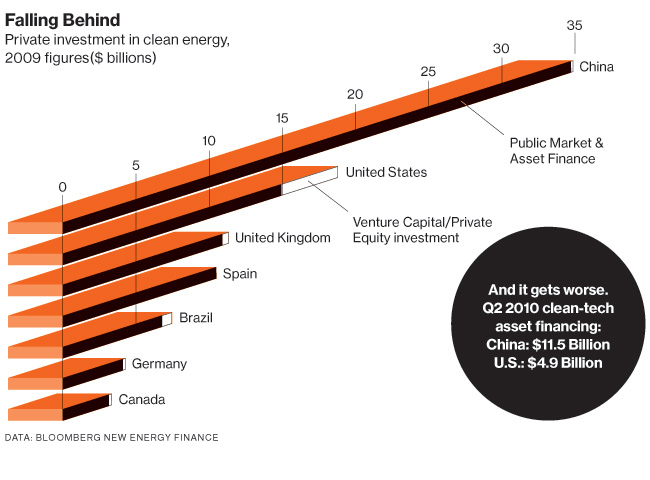The Russell Australia High Dividend Index is comprised of about 50 blue chip companies that have a high expected dividend yield in addition to meeting other conditions such as a history of paying dividends, dividend growth and consistent earnings.
The dividend yield of this index is 4.99% and the P/E is 16.5 as of June 30, 2010.
The Top 10 holdings in the Russell Australia High Dividend Index and their ADR ticker with current dividend yields are listed below:
1.BHP Billiton Ltd (BHP)
Current Dividend Yield: 2.24%
2.Commonwealth Bank of Australia (OTC: CMWAY)
Current Dividend Yield: 2.37%
3.Westpac Banking Corp (WBK)
Current Dividend Yield: 5.00%
4.National Australia Bank Ltd(OTC:NABZY)
Current Dividend Yield: 5.63%
5.Australia New Zealand Banking Group Ltd (OTC: ANZBY)
Current Dividend Yield: 4.09%
6.Telstra Corp Ltd (OTc: TLSYY)
Current Dividend Yield: 8.44%
7.Woolworths Ltd
8.Metcash Ltd (OTC: MHTLY)
Current Dividend Yield: 6.37%
9.Wesfarmers Ltd (OTC: WFAFY)
Current Dividend Yield: 1.74%
10.Foster’s Group Ltd (OTC: FBRWY)
Current Dividend Yield: 4.25%
In May this year, Russell Investments launched the the Russell High Dividend Australian Shares ETF in Australia (Domestic market ticker: RDV.AX) to track the above index.

